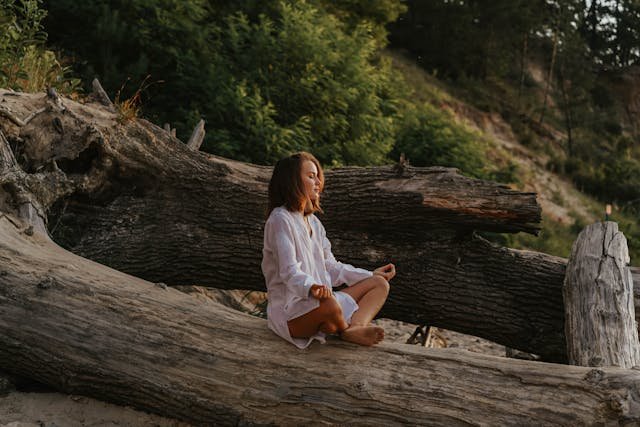Take a deep breath in.
Now breathe out.
You just did something amazing — and you probably didn’t even notice it.
Breathing is something we do all day, every day. We breathe when we’re awake. We breathe when we sleep. And even when we’re running, laughing, or crying — our lungs are quietly working in the background, keeping us alive.
But have you ever stopped to ask, how?
What really happens when you breathe in air? Where does the air go? What do your lungs actually do? And why is oxygen so important to your body?
In this article, we’re going to take a simple journey inside your chest — to explore how your lungs work, why breathing matters, and how your body uses every breath to give you the energy to move, think, and grow.
No big science words. Just clear, easy steps and real-life examples you can feel for yourself.
Let’s begin — right where life begins: with a breath.
What Happens When You Breathe In?
Every time you take a breath, something truly amazing happens inside your body. It all starts with the air around you.
Even though you can’t see it, air is always there. It fills the space around you — in your room, outside, everywhere. And it’s made of many different gases. The two most important ones for your body are:
- Oxygen – this is the gas your body needs to stay alive.
- Carbon dioxide – this is a gas your body gets rid of.
So, when you breathe in (inhale), you’re taking in fresh air that has oxygen in it. When you breathe out (exhale), your body is letting go of carbon dioxide — the waste gas it doesn’t need.
Meet the Lungs – Your Body’s Air Factories
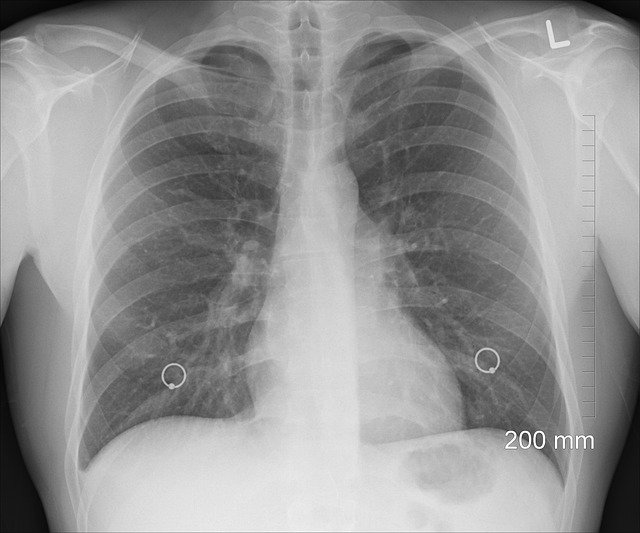
Your lungs are two big, soft, spongy bags that sit inside your chest. They are protected by your ribs, and they sit on both sides of your heart.
Your lungs are like factories for air. Their job is to take the oxygen from the air you breathe in, and send it into your blood — so the rest of your body can use it. Then, they collect the carbon dioxide from your blood and push it out when you breathe.
It’s a nonstop job — and your lungs do it thousands of times every single day, without you needing to think about it.
The Journey of a Single Breath — Step by Step
When you take a breath, it might seem like nothing special. But inside your body, a whole chain of tiny actions is happening — all in just a few seconds. Let’s go through this journey carefully, from the moment air enters your body to the moment it leaves.
1. Air Enters Through Your Nose or Mouth
The very first step in breathing happens right at the front of your face — your nose or mouth.
Most of the time, we breathe through the nose. Your nose has little tiny hairs and sticky mucus inside. This helps trap dirt, dust, and germs from the air — kind of like a built-in filter. So by the time the air reaches your lungs, it’s cleaner and warmer.
If you’re running, talking, or your nose is stuffy, you might breathe through your mouth. That’s okay too — but the nose is better for cleaning and warming the air.
2. The Air Travels Down Your Windpipe (Trachea)
Once air enters your nose or mouth, it goes down a long tube in your throat called the windpipe (the science word for it is trachea).
You can think of the windpipe like a slide for the air. It’s a straight path that leads down into your chest — carrying air toward the lungs.
3. The Windpipe Splits into Two Smaller Tubes (Bronchi)
When the air reaches your chest, the windpipe splits into two paths, like the letter “Y.”
Each path is called a bronchus (plural: bronchi). One bronchus leads to your right lung, and the other goes to your left lung.
These bronchi are like roads — guiding the air deeper and deeper inside your lungs.
4. The Air Reaches Tiny Tubes and Air Sacs
Inside your lungs, those bronchi keep splitting again and again, like branches of a tree. They get smaller and smaller until they end in millions of tiny round balloons called alveoli (say it slowly: al-VEE-oh-lee).
There are about 600 million alveoli in your lungs. That’s like covering a tennis court with tiny bubbles.
These air sacs are where the magic of breathing happens.
5. Oxygen Moves Into Your Blood
The walls of the alveoli are super thin. Right next to them are tiny blood vessels — like little roads for blood.
When you breathe in, oxygen fills the alveoli. Then, the oxygen crosses the thin wall and enters your blood. The blood picks it up and carries it through your body.
This is how the oxygen you just breathed in gets to your brain, your muscles, your heart — everywhere.
6. Carbon Dioxide Moves Out of Your Blood
At the same time, your body is getting rid of something it doesn’t need: carbon dioxide.
Your blood carries this waste gas from your cells back to the lungs. It moves out of the blood, into the alveoli — and then, the next time you breathe out, it leaves your body.
So with every breath:
- Oxygen comes in
- Carbon dioxide goes out
This keeps your body balanced and alive.
How the Body Helps You Breathe: The Diaphragm at Work
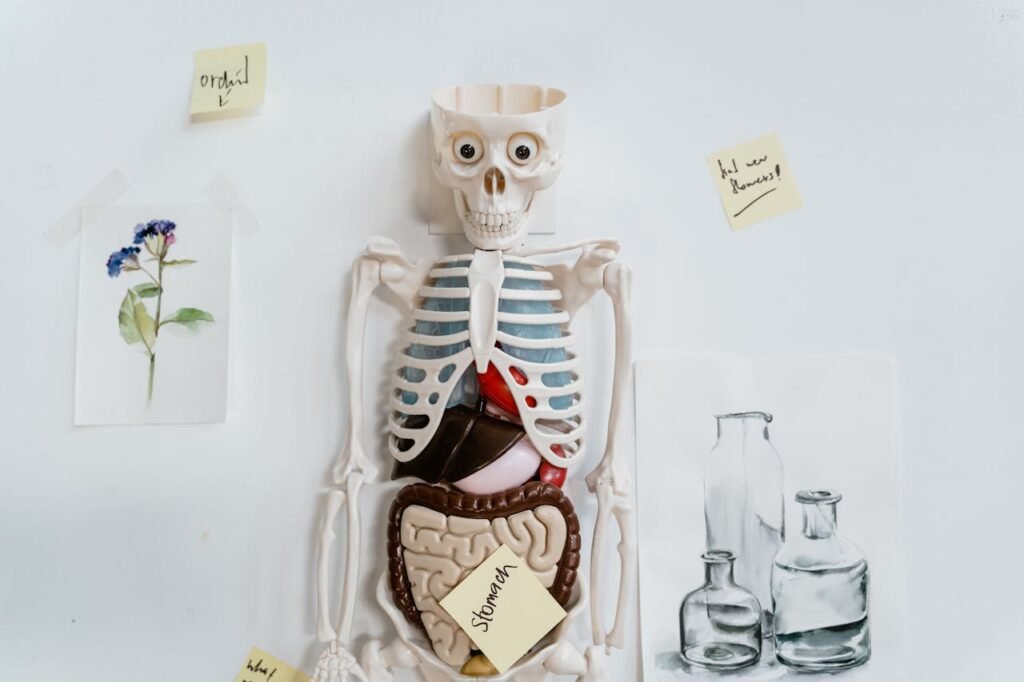
Breathing doesn’t just happen by magic. Your lungs can’t move on their own. They need a little help from a strong, stretchy muscle sitting right under your lungs. This muscle is called the diaphragm (say it like this: DYE-uh-fram).
Your diaphragm is shaped like a dome — a little bit like a soft bowl turned upside down.
So, what does it do?
Breathing In
When you breathe in, your diaphragm pulls downward. This makes your chest space bigger. Like when you pull the plunger out of a syringe, it creates room for air.
That pull creates space inside your lungs, and air rushes in to fill it. That’s how you get a nice, full breath of fresh air.
Breathing Out
When you breathe out, your diaphragm pushes back up. It makes your chest smaller again, and pushes the air out — along with the carbon dioxide your body wants to get rid of.
You don’t have to think about this. Your brain controls the diaphragm without you having to tell it what to do. It’s one of the many things your body does to keep you alive, quietly and perfectly.
Breathing Changes with Movement
Have you ever noticed how you breathe faster after running or playing tag? Or how your chest rises and falls slowly when you’re sleeping?
That’s your body adjusting your breathing to match what it needs.
When You’re Active
When you run, jump, or dance, your muscles use up more oxygen to make energy. That means your lungs and heart have to work faster to bring in oxygen and send it around your body.
You might breathe faster, deeper, and sometimes even pant — all to keep your body powered up.
This is normal. It’s your lungs doing their job.
When You’re Resting
When you’re sitting still, reading, or lying down to sleep, your body doesn’t need as much energy. So your breathing slows down. Your diaphragm still moves, but more gently.
Your heart slows down too. Everything becomes quieter inside.
Deep Breathing Can Calm You Down
Your breathing is not just about staying alive — it can also help you feel better when you’re upset, nervous, or scared.
Have you ever taken a big, deep breath when you were feeling anxious? That’s not just a habit — it’s actually science.
When you breathe slowly and deeply:
- Your diaphragm stretches more fully
- Your heart rate starts to slow down
- Your brain gets the message: “Everything’s okay”
That’s why deep breathing is used to:
- Calm down during stress
- Feel more focused in class
- Fall asleep more easily
- Control big feelings like anger or fear
At Debsie, we even teach kids how to use breathing as a tool — just like a secret power they carry with them all the time.
How Lungs Protect Themselves from Germs
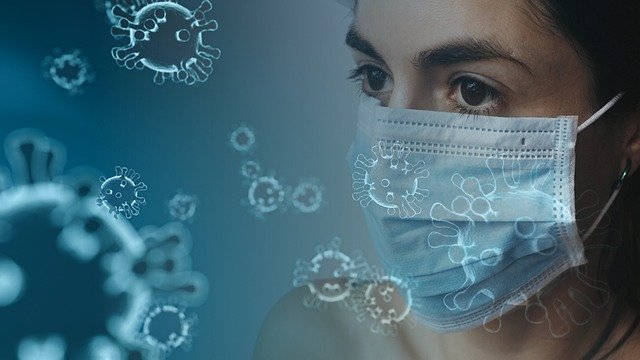
Your lungs are amazing, but they’re also delicate. They need to stay clean and clear so you can breathe easily. That’s why your body has built-in guards to protect your lungs from dirt, smoke, and germs.
Let’s meet a few of these tiny protectors.
Nose Hairs and Mucus – The First Defense
When you breathe through your nose, tiny hairs and sticky mucus catch dirt, dust, and even some germs. This is your body’s way of cleaning the air before it reaches your lungs.
It’s like a filter that blocks out the bad stuff.
The Windpipe Has Tiny Sweepers
Inside your windpipe and bronchi, there are tiny hair-like structures called cilia (say: SILL-ee-uh). These cilia move in waves, like little brooms, pushing mucus and trapped germs up toward your throat — so you can cough it out or swallow it.
Yes, your cough is not just noise. It’s your lungs saying, “Let’s get this out!”
Coughing and Sneezing
When something annoying or harmful gets into your airways, your body reacts by coughing or sneezing — a strong, fast way to clear your lungs.
It might sound gross, but it’s actually your body’s clean-up system doing its job.
What Happens When Lungs Get Sick?
Sometimes, even with all these defenses, germs can still sneak in and cause trouble.
Let’s look at a few ways lungs can get sick:
Colds and Coughs
When you catch a cold, the virus might reach your lungs. You may start coughing or feel stuffed up. Your lungs are working harder to clear the germs.
It usually goes away after a few days — especially with rest and water.
Asthma
Asthma is a condition where your airways get tight and swollen, making it harder to breathe. It can feel like your chest is tight or like you can’t catch your breath.
Some kids have asthma and use special inhalers to help open their lungs. With care, they can still run, play, and do all the things they love.
Infections Like Pneumonia
Sometimes germs cause infections deep inside the lungs. This can make you cough more, feel very tired, and have trouble breathing.
Doctors treat these with rest, medicine, and care — and your lungs can heal with time.
How to Keep Your Lungs Healthy — One Breath at a Time
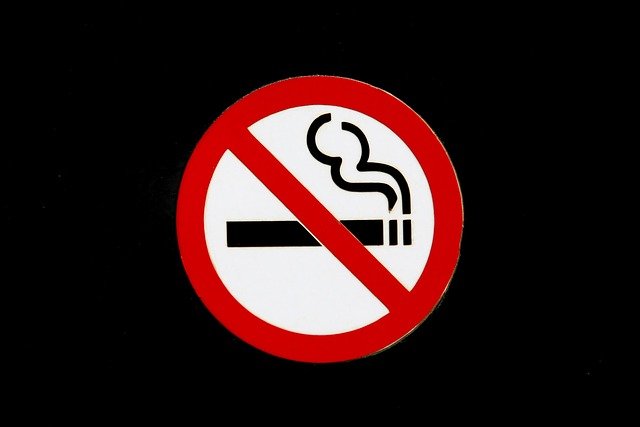
Your lungs are with you every second of every day — helping you breathe, move, play, think, and grow. But just like your heart or muscles, your lungs need care to stay strong.
Think of your lungs like soft, stretchy balloons. They’re amazing, but also delicate. Taking care of them now helps them stay healthy not just for today, but for your whole life.
Here’s how to do that — simply and naturally.
1. Move Your Body Every Day
One of the best ways to keep your lungs strong is to use them often.
When you run, dance, swim, bike, or even walk fast, your lungs work harder to bring in more oxygen. That’s like giving them a good workout. The more you move, the stronger your breathing muscles get — including your diaphragm.
Even laughing hard is a little workout for your lungs!
At Debsie, we encourage kids to get active, not just sit and study. Because we know the body and brain work best together.
2. Drink Lots of Water
You might not think of water and breathing as being connected — but they are.
Inside your lungs is a thin layer of moisture. This helps your lungs stay soft and flexible, and helps your body clear out dust and germs.
When you drink enough water, it keeps that moisture just right. If you’re dehydrated (not enough water), your lungs can feel dry, and it’s harder to cough or clean out waste.
So yes — water is a breath-helper too!
3. Stay Away from Smoke and Pollution
Smoke from cigarettes or dirty air from cars can harm your lungs. These things carry tiny particles that can get stuck deep inside your lungs, making it harder to breathe.
Even if you don’t smoke, just being around cigarette smoke can hurt your lungs over time. That’s called secondhand smoke — and it’s just as harmful.
That’s why it’s important to:
- Avoid places where people smoke
- Cover your nose and mouth if you’re near dust or pollution
- Spend more time outside in fresh air — especially near trees and plants
Fresh air = happy lungs.
4. Keep Your Hands Clean
One way germs get into your lungs is through your nose and mouth. When you touch your face after touching something dirty, germs can sneak in.
That’s why handwashing is one of the simplest ways to protect your lungs.
Wash your hands:
- Before you eat
- After you cough or sneeze
- After playing outside or using shared toys or tools
Germs may be small, but your clean hands are powerful defenders.
5. Rest and Sleep
Breathing doesn’t stop when you sleep — in fact, sleep is when your lungs repair and refresh themselves.
When you sleep well:
- Your breathing slows down
- Your lungs get a break from the day’s work
- Your immune system (your body’s defense team) gets stronger
That’s why kids who sleep well usually get sick less and have more energy to learn and play.
At Debsie, we teach kids not just science facts, but how to take care of their amazing bodies — because health and learning go hand in hand.
How Breathing Changes with Emotions
Have you ever noticed how your breath feels different when you’re nervous, excited, or angry?
That’s not your imagination — it’s your body talking.
Your feelings and your breathing are closely connected. When emotions rise, your lungs react. And when you control your breath, you can calm your feelings too.
Here’s how:
When You’re Scared or Nervous
If you’re about to speak in front of a class or try something new, your heart might race, and your breathing may get fast and shallow. That’s your body preparing for a “fight or flight” moment — it thinks you’re in danger, even if you’re just worried.
Breathing fast brings in more oxygen quickly — but it can also make you feel dizzy or panicked if it goes on too long.
Taking a slow, deep breath helps tell your brain, “I’m safe. It’s okay.”
This is why deep breathing is one of the best ways to calm down when emotions get big.
When You’re Happy or Peaceful
When you’re relaxed — like listening to music, daydreaming, or snuggling in bed — your breathing naturally slows down. It becomes smooth and quiet.
This helps your heart slow down too, and your muscles relax. Everything feels calm.
You can practice this kind of breathing anytime you want to feel better — even in the middle of a stressful moment.
At Debsie, we help kids learn these breathing skills not just for science, but for emotional strength. Because smart, confident learners know how to breathe through big feelings.
How Your Lungs Grow As You Grow
Your lungs aren’t the same size forever. In fact, they grow with you — just like your feet, hands, and voice.
When You’re a Baby
Newborn babies have small lungs and breathe much faster than adults — about 30 to 60 breaths per minute. Their bodies are just getting used to life outside the womb.
As You Get Older
As you grow taller and stronger, your lungs grow too. You don’t need as many breaths per minute anymore, because your lungs can hold more air with each breath.
By the time you’re a teenager, your lungs are nearly adult-sized. That’s why kids can start running faster, swimming longer, or singing louder — their lungs can do more!
This growth happens naturally, but healthy habits (like moving more, avoiding smoke, and breathing deeply) help your lungs grow strong and stay that way.
How Debsie Turns Science into Something Real

At Debsie, we believe that science should never feel far away or hard to understand. It should feel close, real, and personal — like something happening inside your own body or right outside your window.
That’s why we don’t teach from textbooks alone. We bring science to life — using movement, curiosity, creativity, and emotion — so children don’t just learn the facts… they feel them.
Here’s how we do it:
Learning with All Five Senses
Science is not just something you read — it’s something you experience. At Debsie, kids explore science using their whole body and mind.
For example:
- When learning about breathing, kids might close their eyes and feel their chest rise and fall.
- When learning about air, they might blow bubbles or use a straw to see how air moves.
- When learning about lungs, they might build a model lung using balloons and bottles — and actually see how breathing works.
By touching, seeing, and doing, children remember lessons more deeply. They feel like scientists — not just students.
Connecting Science to Feelings and Daily Life
We also help kids see the science in themselves.
If a child says, “I feel nervous,” we might say, “Let’s talk about how your breathing changes when you’re nervous. Want to test it?”
We link breathing to:
- How you feel when you’re angry or excited
- What happens when you run and your chest feels tight
- Why you yawn when you’re tired
- How a deep breath can help you speak with confidence
These are not just lessons. These are life tools.
Storytelling that Sticks
We use storytelling as a bridge between the science world and a child’s world.
We might say:
“Imagine your lungs are two big spongey balloons, tucked inside your chest. They’re waiting quietly for your next breath — ready to pull in fresh air and send it racing around your body.”
When a child hears science like that, it’s not scary or confusing — it’s magical and understandable. The ideas stick because they come to life through simple, colorful language.
Hands-On Projects That Kids Remember Forever
Kids love to make things. So we include fun, simple projects that help them build what they’re learning.
A few examples:
- Creating a working model of lungs with straws and balloons
- Making “breathing buddies” to practice deep breathing
- Drawing a comic strip that shows what air does inside the body
These projects are fun, yes — but more than that, they help kids see and feel how science works.
Teaching from the Heart
Above all, Debsie’s partner teachers are experts who love teaching and love children. We don’t rush through chapters or skip hard questions.
We guide gently. We listen carefully. And we make sure that each child feels confident and excited to explore — even if they were scared of science before.
Because when children feel safe and supported, their minds open up. That’s when real learning happens.
Final Thoughts: Every Breath Is a Lesson, Every Child a Scientist
Every single day, your lungs breathe in air, fill your blood with oxygen, and help your body do everything it needs to grow, move, and live. It happens quietly. It happens constantly. And it’s one of the most amazing systems inside you.
When kids understand how breathing works — how air travels, how lungs clean themselves, how the diaphragm moves, and how feelings affect our breath — they don’t just learn biology.
They begin to see their body as something powerful, smart, and worth taking care of.
That’s the kind of learning that lasts.
At Debsie, we don’t just teach science from a book. We help children live it — through hands-on discovery, joyful lessons, expert teachers, and fun projects that make learning feel like magic. Our goal is simple: help every child become more curious, more confident, and more connected to the world around them.
Because science isn’t just about facts. It’s about wonder.
🌬️ Want your child to fall in love with learning?
👩🏫 Book a free trial class with Debsie today — and watch them light up with understanding.
👉 Start now at debsie.com/courses
Read Next:
